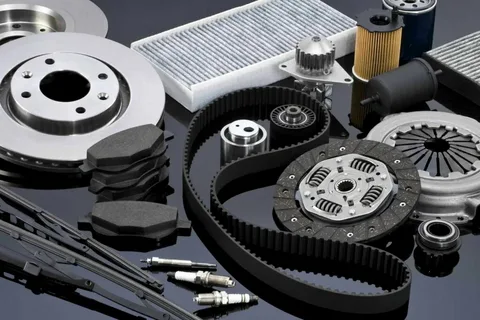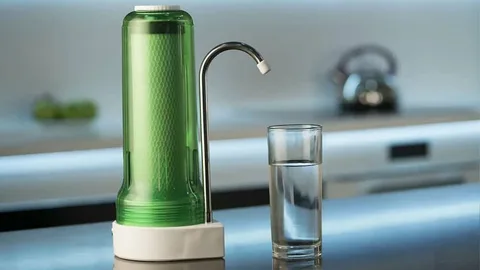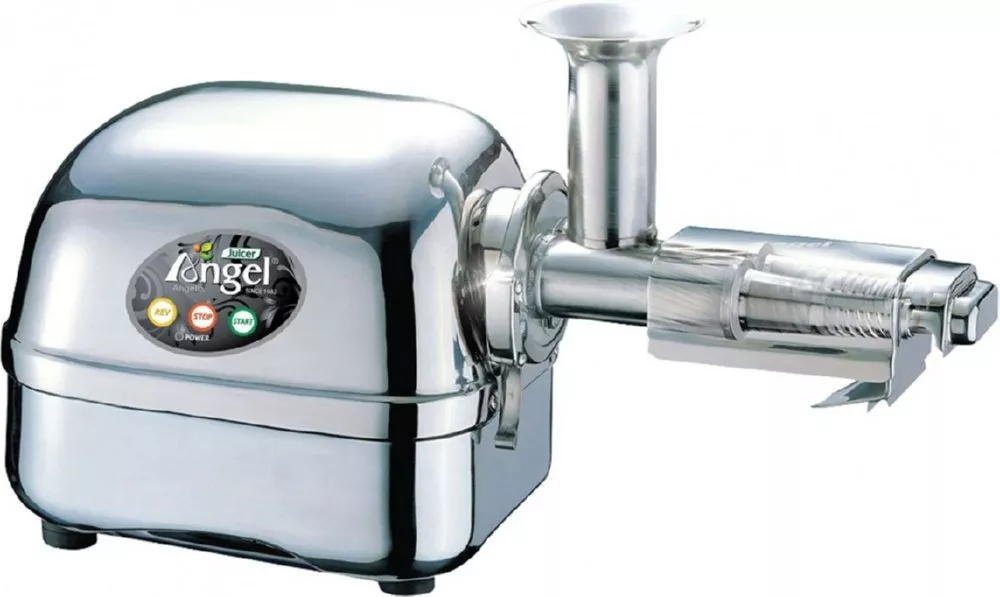What Are Air Source Heat Pumps?
Air source heat pumps are innovative heating and cooling systems that provide an efficient and sustainable alternative to traditional methods. These systems extract heat from the air outside and transfer it indoors, functioning effectively even in colder climates. This process relies on a refrigeration cycle to absorb heat from the air, compress it to a higher temperature, and then release it into your home.
There are two primary types of air source heat pumps. Air-to-air heat pumps provide warm or cool air directly to your living space. In contrast, air-to-water heat pumps work with water-based systems such as radiators or underfloor heating. The choice between the two depends on your home’s design and heating needs.
Benefits of Air Source Heat Pumps
Air source heat pumps are known for their energy efficiency. By utilizing heat from the air, these systems consume significantly less energy than traditional boilers. This efficiency translates to lower energy bills, making them a cost-effective solution over time.
Another major benefit is their minimal environmental impact. Since air source heat pumps rely on renewable energy, they produce fewer carbon emissions compared to fossil fuel-based systems. This makes them an excellent choice for eco-conscious homeowners seeking to reduce their carbon footprint.
Additionally, these systems offer consistent heating and cooling throughout the year. With their dual functionality, they eliminate the need for separate heating and air conditioning systems, adding convenience and reducing costs.
Air Source Heat Pumps vs. Traditional Boilers
When comparing air source heat pumps to traditional boilers, efficiency is a standout factor. Boilers, particularly older models, tend to lose energy during operation. Air source heat pumps, on the other hand, are designed to operate with minimal energy loss, offering efficiency rates of over 300% in some cases.
Cost-effectiveness is another key area where air source heat pumps shine. Although their upfront cost may be higher, the long-term savings on energy bills often outweigh the initial investment. In contrast, boilers generally have lower installation costs but can be more expensive to run due to rising fuel prices.
From an environmental perspective, air source heat pumps are the clear winner. Traditional boilers rely on gas or oil, both of which contribute significantly to greenhouse gas emissions. Air source heat pumps use renewable energy and can further reduce emissions when paired with green electricity sources.
Installation Process for Air Source Heat Pumps
Installing an air source heat pump involves several critical steps to ensure optimal performance. First, a site survey is conducted to determine the best location for the unit. This is typically an area with good airflow and minimal obstructions.
Once the location is finalized, the outdoor unit is installed, followed by connecting it to your home’s heating or cooling system. The process may also involve upgrading your current radiators or installing underfloor heating for better compatibility.
While some homeowners consider DIY installation, professional installation is highly recommended. This ensures compliance with local regulations and guarantees the system operates at peak efficiency. Permits may also be required, depending on your location, to meet building codes and energy standards.
Maintenance and Longevity
Air source heat pumps require regular maintenance to maintain their efficiency and prolong their lifespan. Routine tasks include cleaning the filters, checking refrigerant levels, and inspecting the outdoor unit for debris. These measures help the system operate smoothly and prevent potential issues.
Occasional professional servicing is also necessary to address wear and tear or any underlying problems. Common repairs may involve replacing parts like compressors or fans, but these are infrequent with proper maintenance.
The expected lifespan of an air source heat pump ranges from 15 to 20 years, making them a durable and reliable heating solution. Investing in regular upkeep ensures you get the most out of your system.
Cost of Air Source Heat Pumps
The initial cost of purchasing and installing an air source heat pump can range from $8,000 to $15,000, depending on the model and complexity of the installation. While this may seem high, government incentives and rebates can significantly offset these costs. Many countries offer financial support to encourage the adoption of renewable energy systems.
Over time, air source heat pumps can lead to substantial savings on energy bills. By consuming less energy than traditional heating systems, homeowners often recoup their initial investment within a few years. These savings make air source heat pumps a financially sound choice in the long run.
Air Source Heat Pumps and Climate
Air source heat pumps are versatile and can adapt to various climates. They are particularly effective in moderate climates, where temperatures rarely drop below freezing. However, advancements in technology have made modern systems capable of functioning efficiently even in extreme cold.
In colder regions, installing a backup heating system may be necessary to complement the heat pump during severe weather. Proper insulation and energy-efficient windows also enhance performance by reducing heat loss.
These systems are equally beneficial in warmer climates, offering efficient cooling during the summer months. Their dual functionality ensures year-round comfort, regardless of the weather conditions.
Integration with Existing Heating Systems
Air source heat pumps can be integrated with existing heating systems, making them a flexible option for homeowners. They are compatible with radiators, underfloor heating, and even hybrid systems that combine traditional boilers with renewable technologies.
For homes with older radiators, upgrading to low-temperature radiators may be required to maximize efficiency. Alternatively, underfloor heating systems are an ideal match for air source heat pumps due to their low operating temperatures.
Dual systems, which pair an air source heat pump with a traditional boiler, provide a practical solution for homes in colder climates. This setup ensures consistent heating while optimizing energy use.
Case Studies: Real-World Applications
Residential installations of air source heat pumps have shown remarkable results in improving energy efficiency and reducing carbon footprints. Homeowners report significant savings on energy bills and increased comfort levels throughout the year.
In commercial settings, air source heat pumps are used in offices, schools, and retail spaces. These systems not only reduce operating costs but also contribute to a greener image for businesses.
Such real-world applications demonstrate the versatility and effectiveness of air source heat pumps in various scenarios.
Common Myths About Air Source Heat Pumps
One common myth is that air source heat pumps are ineffective in cold climates. While this may have been true for older models, modern systems are designed to perform well even in freezing temperatures.
Another misconception is that they are noisy. In reality, air source heat pumps are engineered to operate quietly, with noise levels comparable to a refrigerator.
Concerns about high upfront costs often deter potential buyers. However, when considering long-term savings and available incentives, the investment proves worthwhile.
Future of Air Source Heat Pumps
The future of air source heat pumps looks promising, with continuous advancements in technology. Innovations such as smart controls, improved efficiency, and integration with renewable energy sources are shaping the industry.
As governments worldwide focus on reducing carbon emissions, air source heat pumps are expected to play a pivotal role in achieving sustainability goals. Increased adoption could lead to lower costs and greater accessibility for homeowners.
With their potential to transform the heating and cooling landscape, air source heat pumps represent a significant step toward a greener future.
Choosing the Right Air Source Heat Pump
Selecting the right air source heat pump involves several considerations. Factors such as the size of your home, climate, and heating needs play a crucial role. Consulting with a professional installer helps identify the most suitable model for your situation.
Reputable brands offer a range of high-quality options, ensuring reliability and performance. Researching customer reviews and energy ratings provides valuable insights into the best choices available.
FAQs About Air Source Heat Pumps
How do air source heat pumps work?
Air source heat pumps extract heat from the air and transfer it indoors using a refrigeration cycle.
Are air source heat pumps effective in cold climates?
Yes, modern systems are designed to operate efficiently even in freezing temperatures.
What is the lifespan of an air source heat pump?
With proper maintenance, these systems typically last 15 to 20 years.
Do air source heat pumps require a lot of maintenance?
Regular cleaning and occasional professional servicing are sufficient to keep them running smoothly.
Are air source heat pumps environmentally friendly?
Yes, they rely on renewable energy and produce fewer carbon emissions compared to traditional systems.
Can air source heat pumps be used for cooling?
Yes, most models offer both heating and cooling functions for year-round comfort.
Conclusion: Embracing Sustainable Comfort
Air source heat pumps provide an energy-efficient, environmentally friendly, and versatile solution for modern homes. By reducing energy consumption and carbon emissions, they contribute to a sustainable future while enhancing home comfort.
Investing in an air source heat pump is not just a step toward greener living but also a smart financial decision. With numerous benefits, government incentives, and technological advancements, these systems are set to become a cornerstone of modern heating and cooling solutions.










